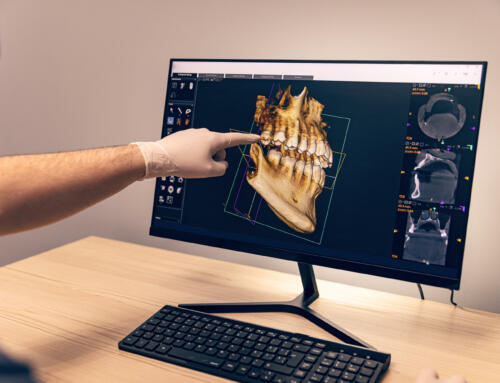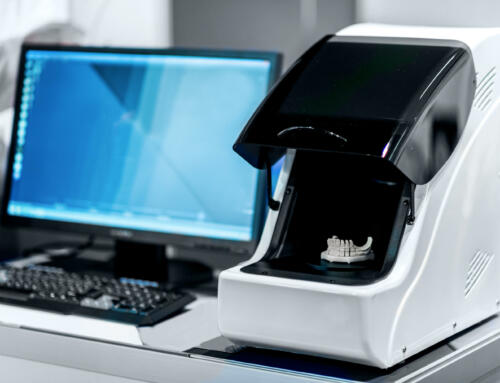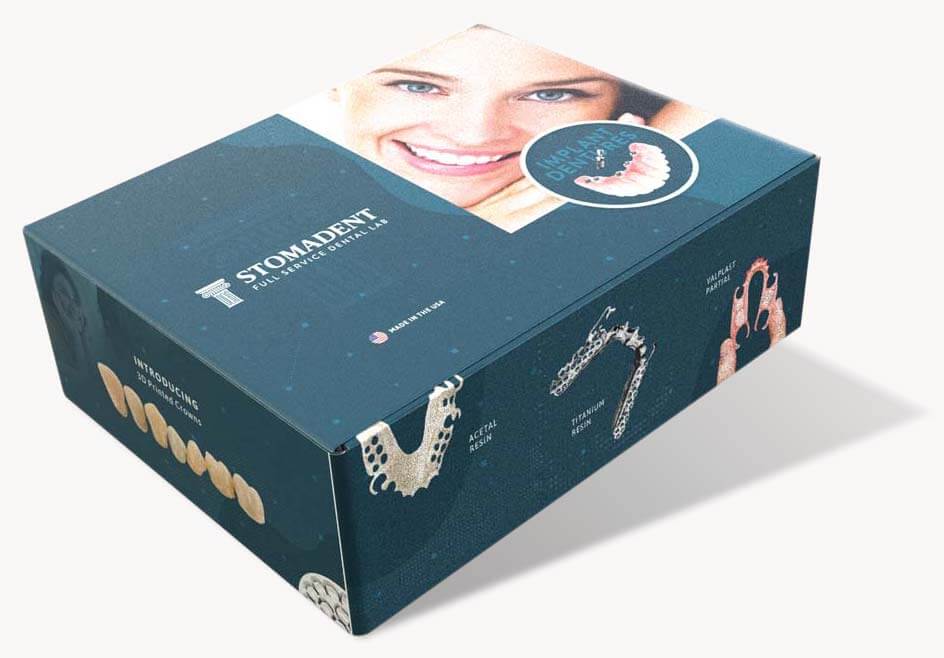
By David Hudnall, DMD
The modus operandi for dentistry in the 21st century involves the placement of dental implants as a solution for most any missing-tooth issue. While the thought process does have merit, dentists know that implants are just not possible in every case.
Factors such as finances, the lack of adequate bone, and the patient’s general health often dictate treatment and cause the clinician to look for other solutions. Is it possible to make implant-supported restorations available to patients who really don’t have enough bone to support implants? In some cases, the answer is yes.
Bone Graft Types for Teeth
Multiple modalities are available to increase the bone quantity in areas where dental implant placement is desired. Most bone grafting materials are derived from bone that is harvested from either a human or an animal source. In addition to using actual bone, synthetic grafting materials may also be employed.
The type of bone grafting material chosen depends upon a number of factors including the type of surgery being performed, the age and medical history of the patient, and the quantity and quality of existing bone. A vast majority of bone grafts performed specifically for the placement of dental implants incorporate the use of either freeze-dried cadaver bone or bone transferred from within the patient’s own body.
Bone Graft Surgery for Dental Implants
Insufficient bone quantity is an obstacle to implant placement and is often the result of periodontal disease, bony defects, bone resorption after tooth removal, injury, or trauma. Bone grafting is a surgical procedure that restores both bone height and width when the patient lacks sufficient bone to properly support a dental implant in all dimensions.
Bone grafting for implants makes a big difference in the long-term success rates of dental implants and allows fixed restorations to be placed in areas where removable prosthetics were formerly the only restorative option.
Bone Grafting Dental Procedure
Bone grafting is a separate, adjunctive surgical procedure with its own unique procedure code. To avoid the need for a second surgical entry specifically for graft placement, it is often performed in conjunction with other surgical procedures or extractions. For most implant cases, the type of grafting we are talking about performing is ridge augmentation.
When bone loss has occurred in the upper posterior region, the maxillary sinuses are often positioned very near the crest of the alveolus. Augmenting bone in this area involves displacing the sinus membrane upward via a sinus lift. This type of procedure adds grafted bone that increases the distance between the floor of the sinus and the crest of the ridge, thus allowing for implant placement into solid bone.
How Does Bone Grafting Work?
Bone grafting is possible because the bone has the ability to regenerate itself completely if provided the space and structure on which to grow. The process of bone grafting has less to do with the actual type of graft material chosen and more to do with stimulating the patient’s own body to form and lay down new bone growth. The bone grafting material is present to act as a framework for the development of new bone growth, filling in voids and defects as the new bone matures.
How Is Bone Grafting Done?
The patient is anesthetized via a local anesthetic. The dental surgeon incises the tissue to access the area of treatment. Existing bone is prepared by removal of the periosteum and roughening the surrounding bone which stimulates bleeding. Small holes may be created in the existing bone that encourage bone repair and growth factors to flow to the area via the patient’s blood supply.
Typically, bone fragments in a matrix of sterile saline are used to supplement the missing bone and create a framework for new bone growth to occur. Depending upon the location, a resorbable collagen membrane may be used to help stabilize the graft for the first few days after surgery, until the body’s healing response creates a stable, clotted mass.
Many surgeons choose to over-contour the graft to account for expected shrinkage as new bone forms and heals. Once the graft material is in place, the gum tissue is sutured to keep everything stabilized.
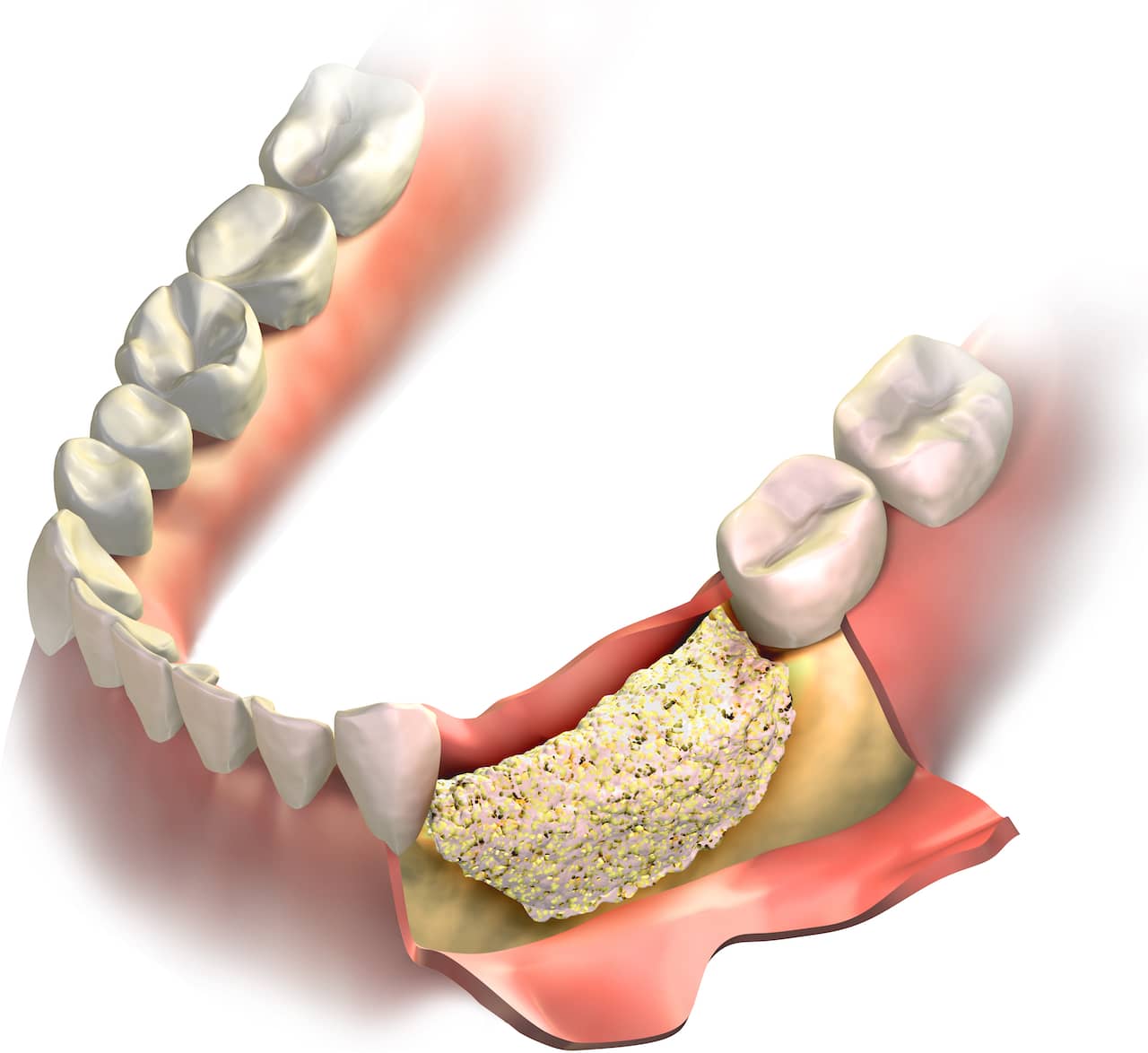
Bone Graft Dental Materials
The majority of dental bone augmentation surgeries for dental implants involve the use of either freeze-dried cadaver bone or bone taken from other areas of the patient’s own mouth. A common example of using the patient’s own bone occurs when tori or exostoses are removed.
Combining the bone reduction surgery with bone grafting allows the excess bone to be ground and transferred to supplement a deficient ridge in another location. Additional freeze-dried bone may be added to the patient’s bone if the patient doesn’t have enough excess bone to fully augment the entire defect.
Bone Graft Surgery for Teeth Healing Process
A dental bone graft surgery that doesn’t involve harvesting bone material from a second location outside of the mouth is a relatively minor procedure. Post-operative pain and discomfort are usually manageable with over-the-counter pain relievers.
There may be slight swelling and soreness. Antibiotics and prescription-strength pain relievers may be appropriate depending on the complexity of the surgery and the overall health of the patient.
Tooth Extraction and Bone Graft Recovery
Whether having teeth removed, a bone graft procedure, or both treatments during the same visit, the body slowly begins to heal and the patient will notice improvement each successive day following surgery.
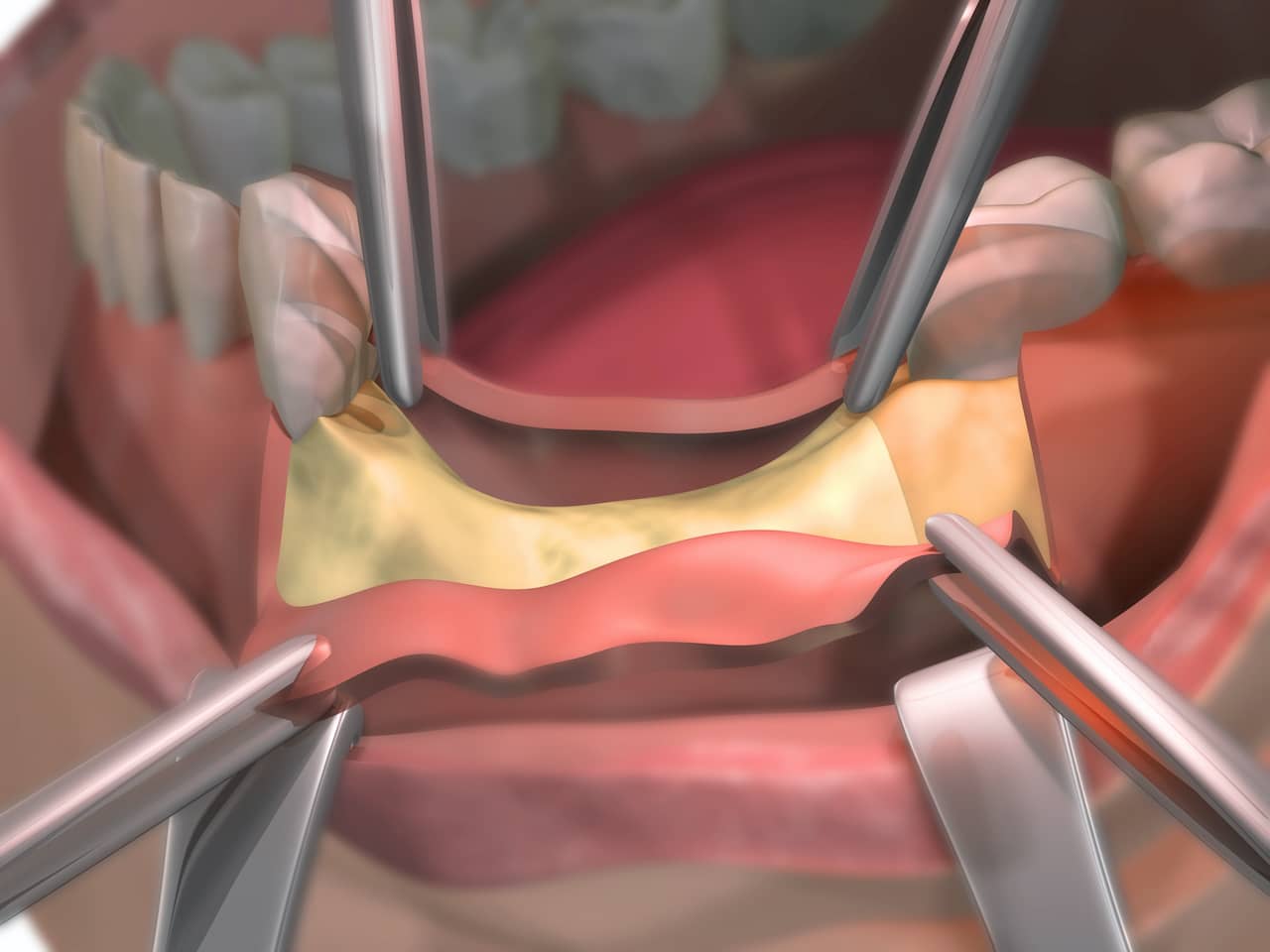
Dental Bone Graft Healing Stages
Once the patient gets beyond the initial trauma from surgery and the sutures are removed, all of the remaining healing and remodeling takes place thanks to the osteoblastic activity of the adjacent bone. Any membrane placed for stability dissolves as new bone growth is stimulated.
The matrix of added material allows bone growth to be supported and form to completely encompass this framework. The entire healing process for the solid bone to form, suitable for implant stabilization, takes 3 to 4 months.
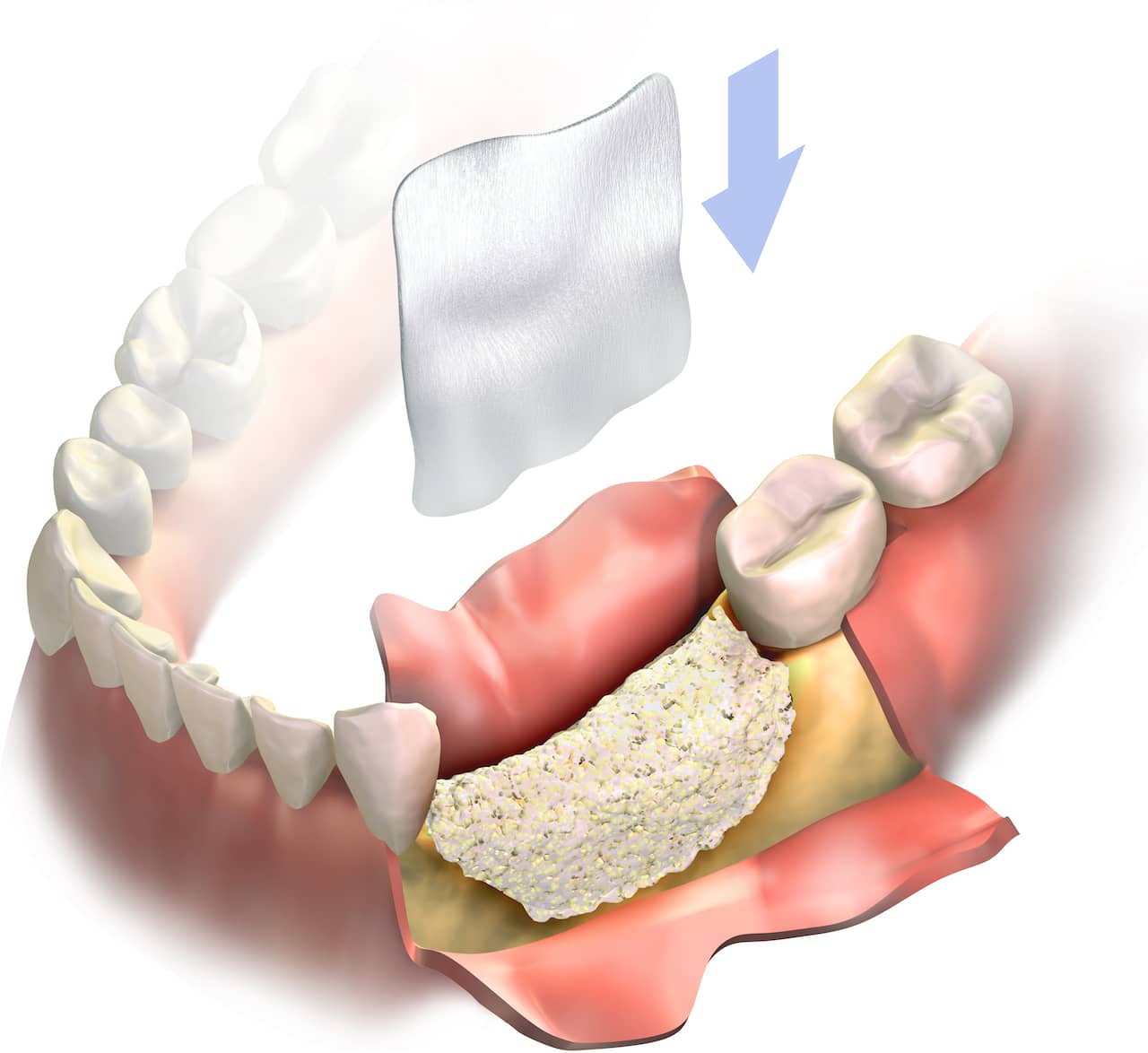
FAQs About Dental Bone Grafting
What Is the Success Rate of Dental Bone Grafts?
Dental bone grafts enjoy an average success rate of roughly 99%.
Where Does the Bone Come from for a Dental Bone Graft?
Xenografts use bone taken from an animal source, typically a cow or a pig. These are rarely used in ridge augmentation surgeries. Autografts use bone harvested from another part of the patient’s own body. In oral surgery this typically occurs when bone is removed from one area and is transferred to augment another area, either within the mouth or from a completely different second surgical site.
An allograft involves the use of bone taken from a human cadaver. In addition to using actual bone, other options exist that involve the use of resorbable or non-resorbable synthetic materials.
It is always prudent to discuss the source of grafting materials being considered for use prior to treatment as patients have valid concerns when it comes to introducing a foreign material or a presumed vector of disease into their body.
Why Would a Dentist Do a Bone Graft?
The main reason for supplementing jawbone is to place an implant in a specific, ideal location in the near future. Bone grafting for dental implants allows implants to be placed into an area that otherwise would not have enough bone to fully support them.
Are Dental Bone Grafts Painful for Patients?
Generally, no. Most bone graft surgeries are performed as outpatient procedures under local anesthetic. The mouth is one area of the body that recovers very quickly after surgery. After a successful surgery, any pain or discomfort will usually resolve within a few days and the patient is back to his or her normal routine.
Is Dental Bone Grafting Safe?
The bone graft procedure is generally considered safe. Bone harvested from cadavers has been decontaminated and is free of disease. That said, like all surgical treatments, the procedure does carry some rare risks and it is possible for grafts to fail through a foreign-body reaction.
Usually, failure happens within the first two weeks following surgery. Typical signs and symptoms of graft failure include swelling that persists or becomes more pronounced with time, worsening pain and drainage from the graft site itself. The patient should be instructed to contact the surgeon immediately should they experience any of these conditions.
To resolve the problem, the dentist must access the graft, remove as much of the graft material as possible and completely debride the area. Relying on antibiotics alone to resolve an adverse reaction to graft placement only prolongs failure and patient discomfort.
Bone Grafting for Implants Increase Your Restorative Options
Bone grafting for dental implants can be a key building block for beautiful dental restorations. In many instances, patients who lack adequate support for implants and are stuck with removable options when it comes to replacing missing teeth. By adding bone grafting to your repertoire as a treatment modality, more-desirable restorative possibilities become available.
Stomadent Dental Laboratory understands that the most comfortable restorations begin with a firm, stable foundation. That’s why we are a big proponent of preparatory procedures that consistently allow us to achieve better restorative results!
See all of Stomadent’s state-of-the-art restorative solutions including implant-supported crowns and bridges on our website.

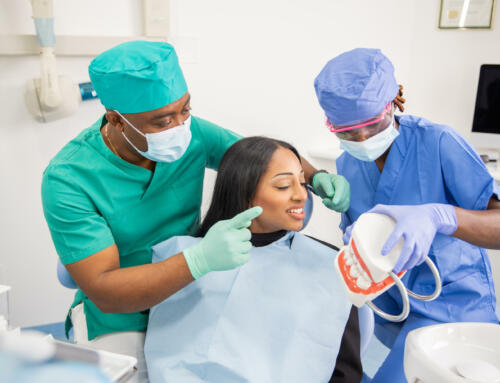
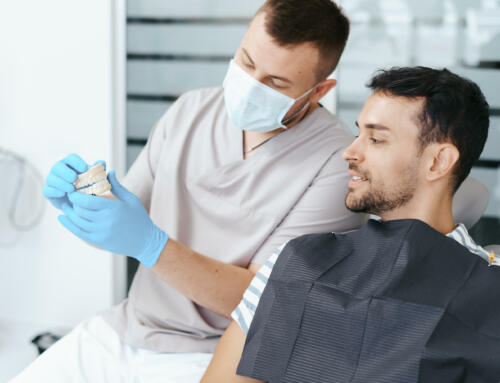
![Hybrid Denture with Titanium Bar [Best Methods + Advantages]](https://stomadentlab.com/wp-content/uploads/2024/01/dental-prosthesis-on-dark-background-2023-11-27-05-06-28-utc-scaled-500x383.jpg)
![The Lucitone Denture Advantage [Best Practices + Advice]](https://stomadentlab.com/wp-content/uploads/2022/08/lucitone-promo-1-500x383.jpg)
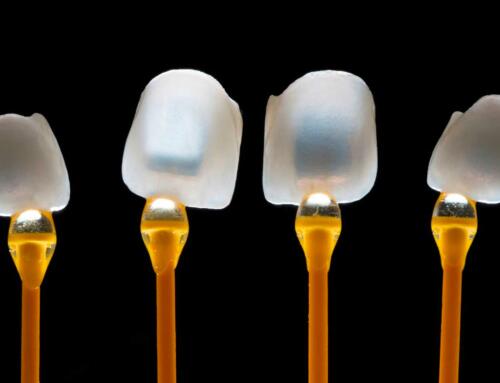
![How to Remove Snap On Dentures [Expert Guidance]](https://stomadentlab.com/wp-content/uploads/2023/12/a-denture-in-a-glass-of-water-dental-prosthesis-c-2023-11-27-04-50-54-utc-scaled-500x383.jpg)

